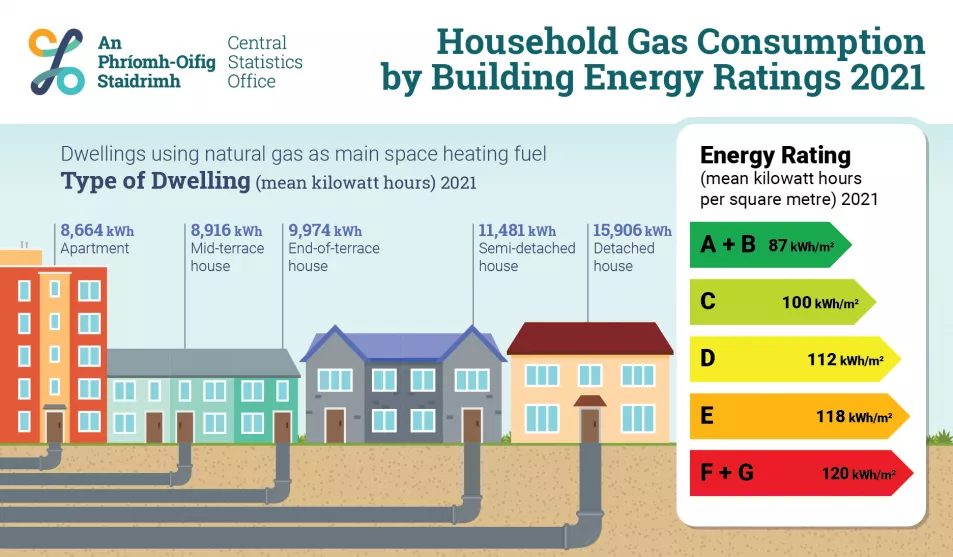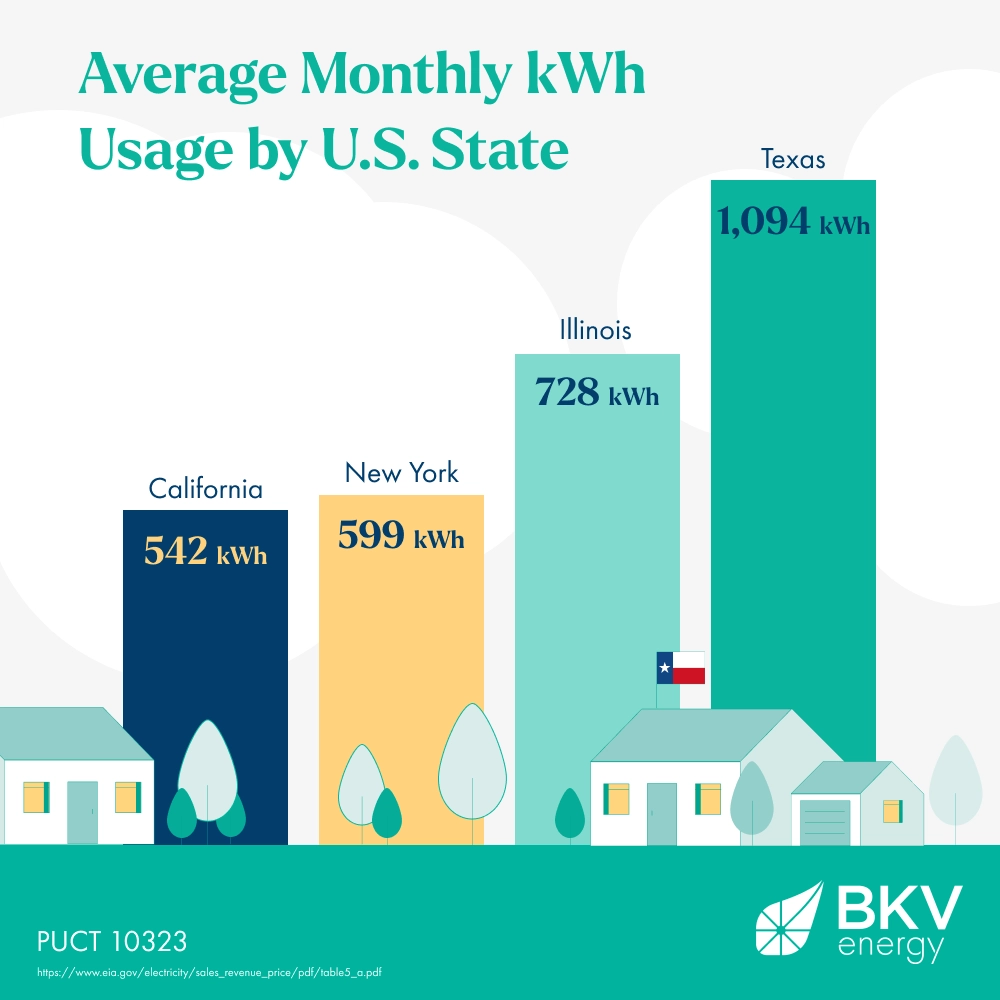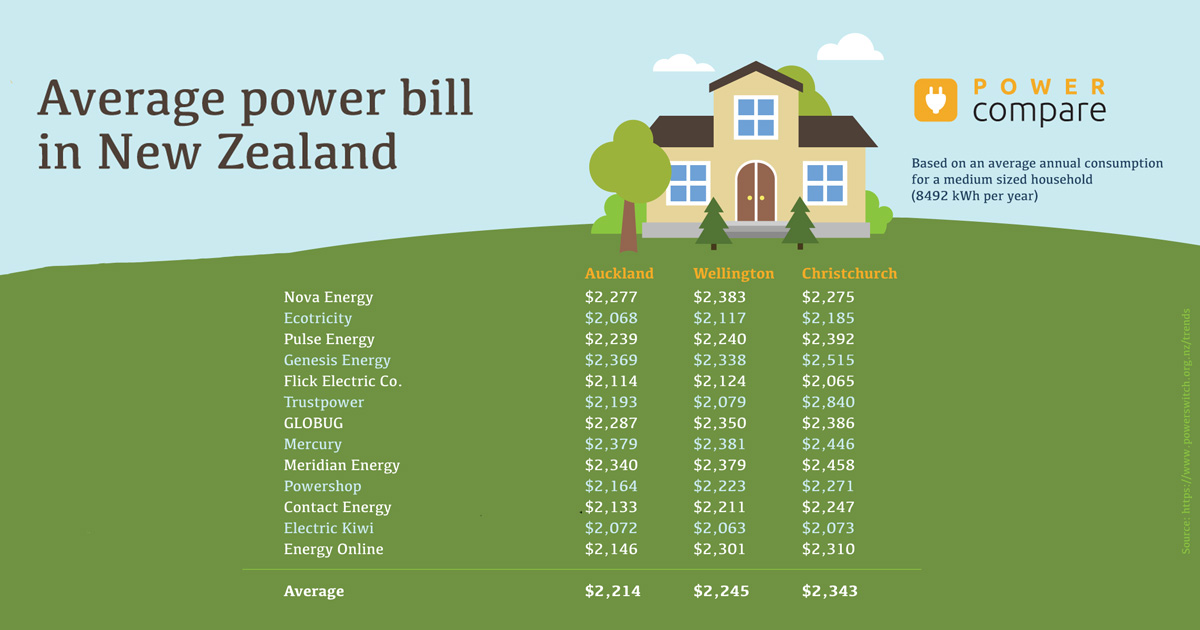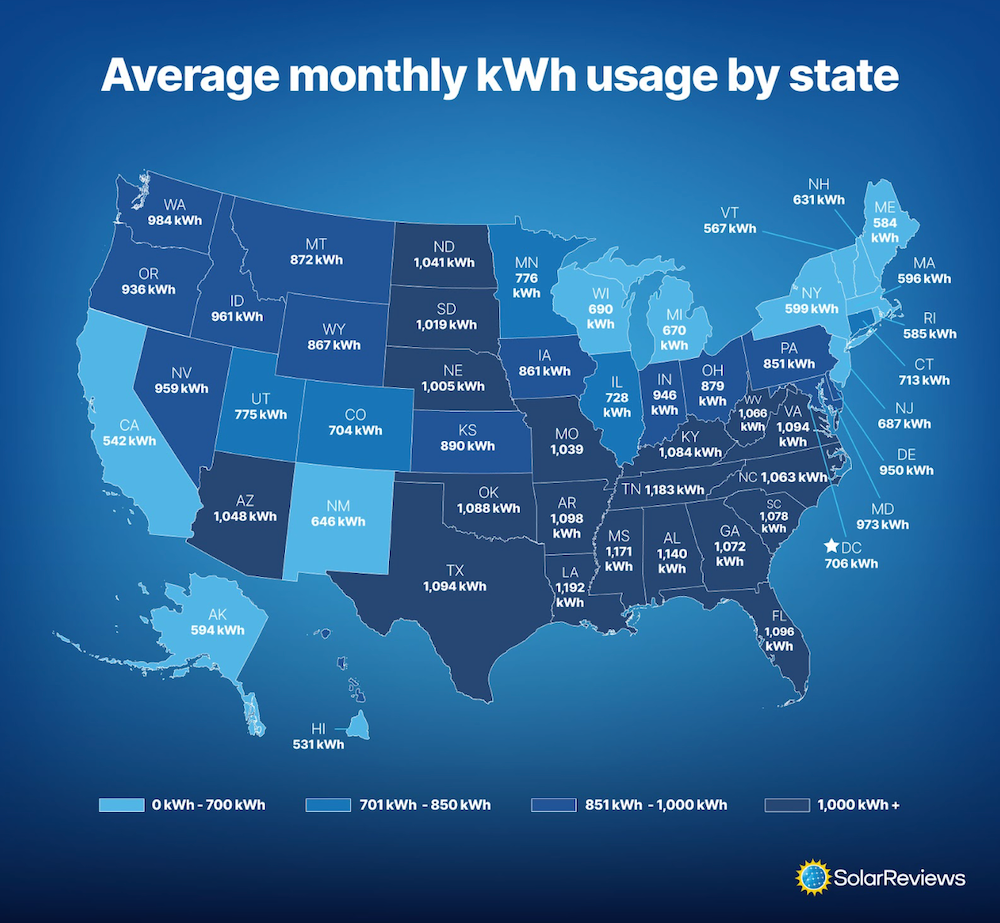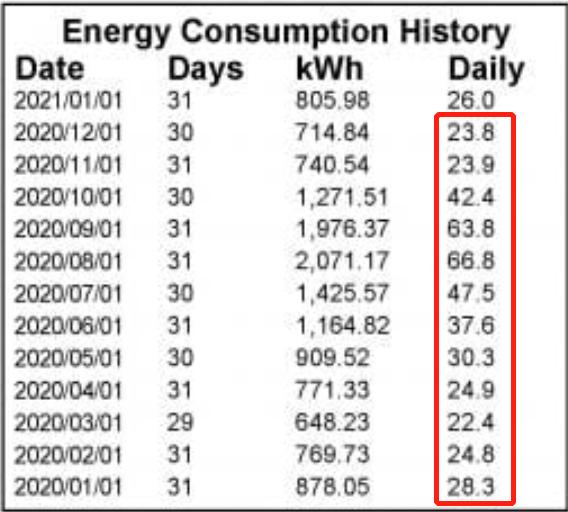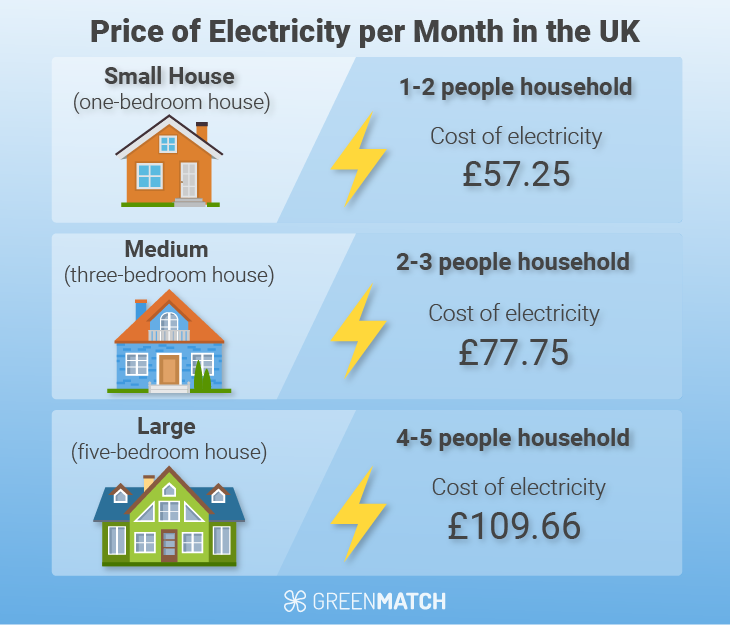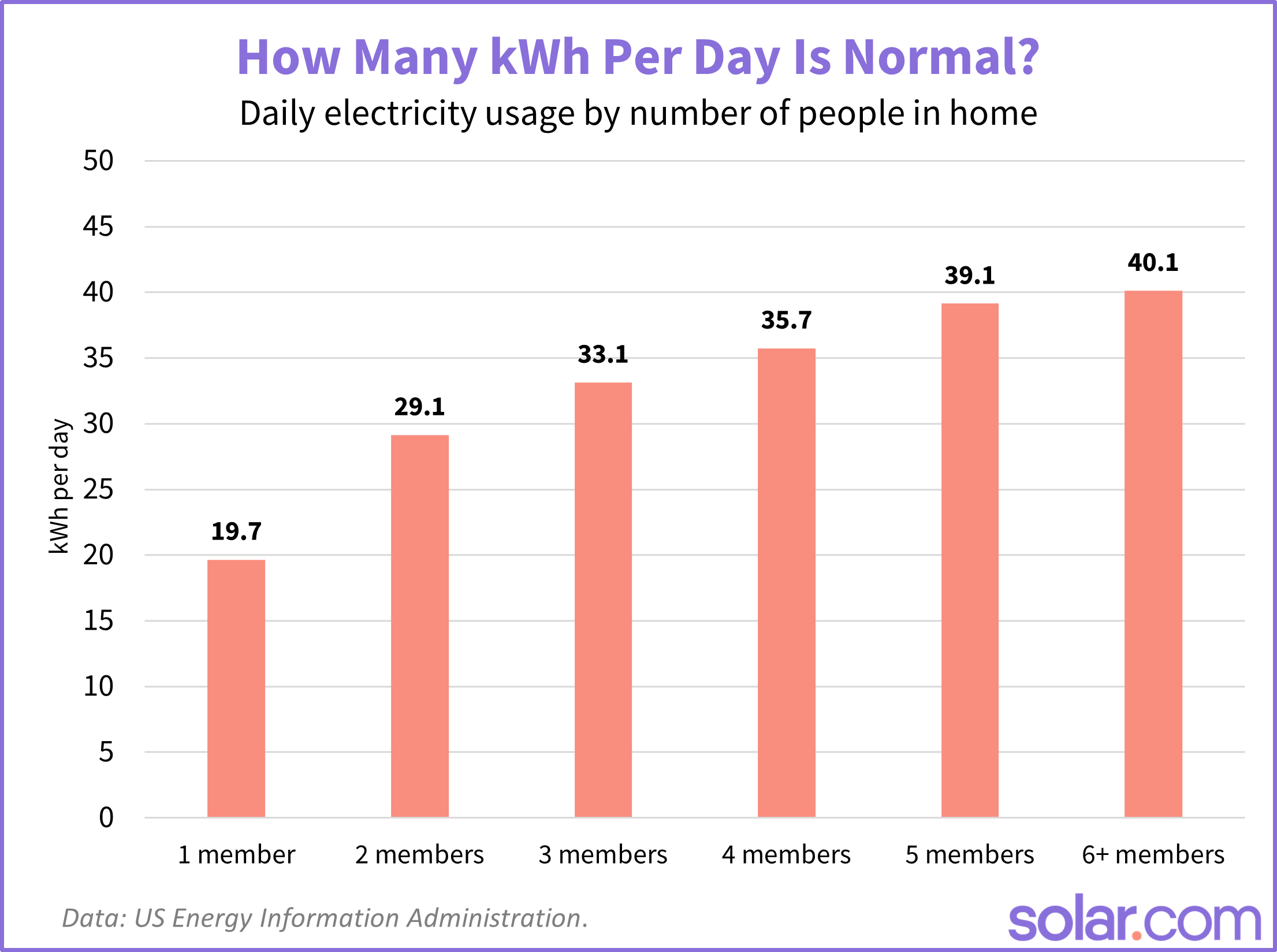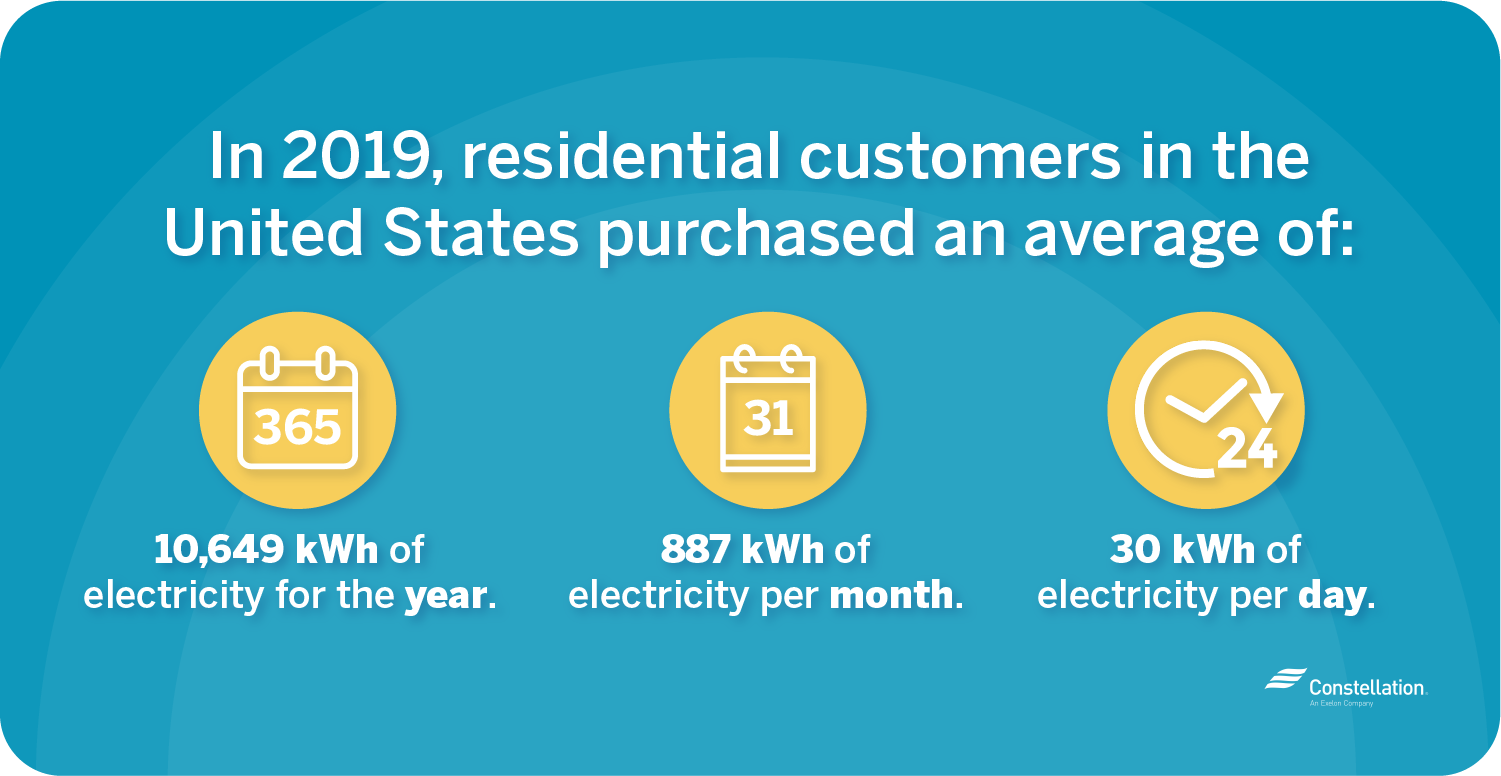Average Kwh Usage Per Month 1 Bedroom Apartment

Energy bills are soaring, leaving renters scrambling to understand their consumption. A crucial question on everyone's mind: How much electricity should a one-bedroom apartment use each month?
This report breaks down the average kilowatt-hour (kWh) usage for one-bedroom apartments, offering data-backed insights to help you control your energy costs. We'll dissect the numbers, explore regional variations, and provide actionable tips to reduce your footprint.
National Average kWh Usage
The national average electricity consumption for a one-bedroom apartment falls between 550 kWh and 750 kWh per month. This figure, compiled from data collected by the U.S. Energy Information Administration (EIA) and several utility companies, serves as a benchmark for renters across the country.
However, this is just an average; actual usage varies widely.
Factors Influencing kWh Consumption
Several factors directly influence electricity consumption. These include apartment size, climate, appliances, and individual habits.
Climate
Climate plays a significant role. Apartments in regions with extreme temperatures—hot or cold—tend to consume more energy due to increased reliance on heating and cooling systems. A study by the American Council for an Energy-Efficient Economy (ACEEE) found that residents in the South and Southwest often have the highest electricity bills.
Conversely, those in milder climates may use significantly less.
Appliances and Electronics
The type and age of appliances are also critical. Older, less energy-efficient appliances consume significantly more electricity than newer models bearing the Energy Star certification. Refrigerators, air conditioners, and electric heaters are particularly energy-intensive.
Furthermore, the number of electronic devices—televisions, computers, gaming consoles—and their usage habits contribute to the overall energy bill.
Habits
Personal habits have a dramatic impact. Leaving lights on, running the air conditioner constantly, and using energy-intensive appliances during peak hours can all inflate electricity bills. Simple changes, such as turning off lights when leaving a room, can make a difference.
Smart power strips can also help minimize standby power consumption.
Regional Variations
Electricity consumption varies significantly across different regions. The Pacific Northwest, known for its hydropower, often has lower electricity rates and potentially lower consumption compared to the Southeast, where electricity is often generated from more expensive sources.
According to data from EIA, states like Washington and Oregon often report lower average residential electricity consumption.
States like Louisiana and Mississippi typically see higher consumption.
Estimating Your Apartment's kWh Usage
To estimate your specific usage, review past electricity bills. These bills provide a detailed breakdown of your monthly kWh consumption. Compare your usage to the national average and consider the factors mentioned earlier.
Many utility companies also offer online tools to track energy consumption and identify areas for improvement. Take advantage of these resources.
Tips to Reduce kWh Usage
Several strategies can help reduce electricity consumption. Simple changes can lead to significant savings.
- Switch to LED lighting.
- Unplug electronics when not in use.
- Use energy-efficient appliances.
- Adjust your thermostat.
- Seal windows and doors to prevent drafts.
The EPA offers various resources for energy efficiency.
Next Steps and Ongoing Developments
Renters facing high energy bills should contact their utility company for assistance. Many companies offer energy audits and payment plans to help manage costs. Furthermore, explore government programs that provide financial assistance for energy efficiency upgrades.
The Department of Energy continually updates its recommendations.
Keep monitoring your energy consumption and adjusting your habits to minimize your environmental impact and save money.




